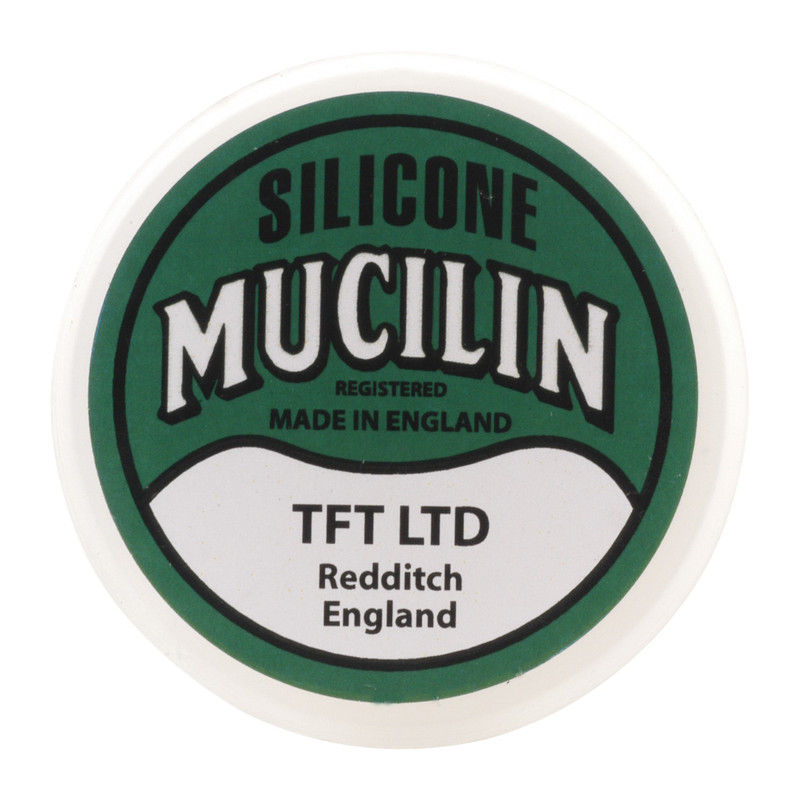Fly Floatants & Holders
Welcome to the comprehensive Fly Floatant Department at the Little River Outfitters Online Store. Here you will find all the fly floatants we sell.
Methods of floating a dry fly have been an important topic for fly fishermen for over 100 years. Dating back decades, the most common application as an early floatant was a home made mixture of white gas or lighter fluid with paraffin. It worked fairly well and some angler still use that mixture today. This is not the most environmentally friendly application to have in your vest that’s for sure.
Later, different mixtures of silicone hit the fly fishing scene. Today, silicone is still one of the best selling dry fly floatants on the market. It is available in a liquid, paste and something in between. Silicone is hydrophobic or water repelling. When applied to hackle or dubbed bodies it does a great job keeping your dry fly floating on the water surface until the fly is finally waterlogged. We recommend using a silicone floatant first, before casting your dry fly to the water.
Desiccants showed up in fly shops. We remember they were used as a moisture absorption packet in shipping and storage, but these chemicals found their way to fly fishing, in the form of silica. Silica or silicon dioxide is a common natural compound that absorbs water. It is used for many purposes. For our purposes, it is used to suck the water out of flies and coat dry flies. Many of the products sold for a dry fly floatant contain silica. Finely ground silica should not be inhaled.
Flies are often dipped in a silica based formulation of beads or powder and applied with a shake of the bottle or the coating is applied with a brush. Some forms of this powder have additives such as sparkle that is also used on nymphs to mimic an air bubble. Frog’s Fanny or Loon Dust are examples of a product to be used on nymphs, as well as dry flies including CDC dry flies.
Flies can also be dried or partially dried using a piece of chamois porous leather or even better, Amadou Fungus. Many anglers use Amadou or chamois to dry the fly then reapply a silicone liquid or paste.

















